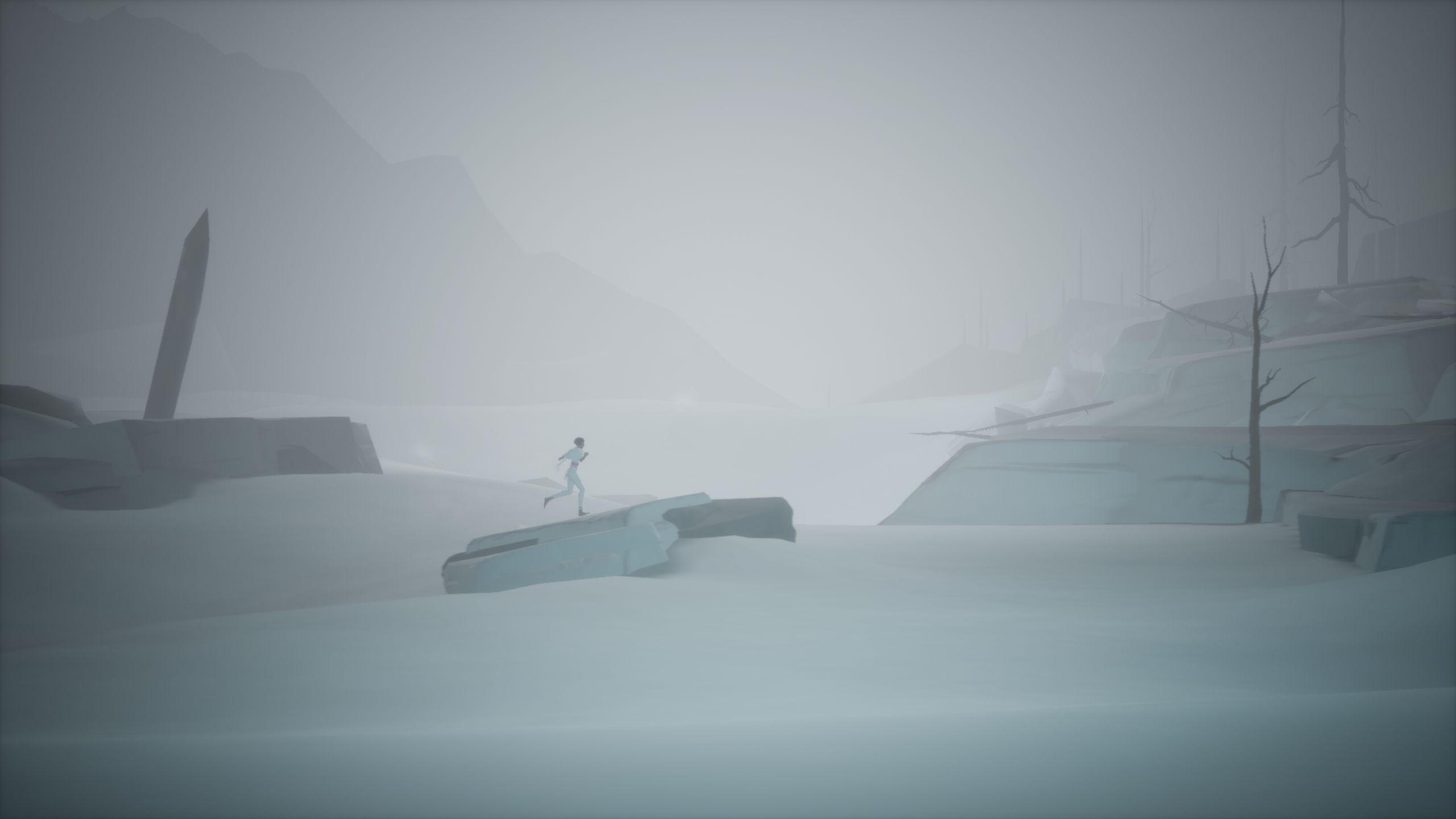
Mar
Stela – Review
In Stela, we play as a young woman witnessing the final days of an ancient world. Are her days numbered? Here’s what we think.
There’s a striking sequence early in Stela in which the titular protagonist has become a simple silhouette against an orange sky and the horizon punctuated by burning tree trunks. A wave of flaming arrows shoots into sky, far off in the distance. Tarry too long, and they’ll skewer you.
To survive, Stela has to drag a shield she finds on the battlefield and take cover underneath it when the arrows are due to hit. It’s an intense sequence. The tightness of the timing required almost makes you buy the idea that maybe this time, after all these travails, Stela is actually done for.

And yet, she isn’t. You make it out of this situation alive, and there’s no pats on the backs or experience points earned. You survived, that’s your reward.
The flaming arrows sequence is so good because it almost doesn’t belong in the game. It reminded me a lot of a powerful scene in 1917, where a character runs through a town avoiding gunfire from off-screen German soldiers. In both these sequences, the danger faced by these characters feels gripping and urgent because the threat is off-screen. You know the arrows are in the sky, you know they’re coming for you, but for a sweet few seconds, you wonder if maybe they won’t. But they do.
This is unlike the dangers in the rest of the game, which include zombie-like shadow monsters and savage beasts burrowing in the snow. Those dangers feel a lot less earned, and a lot more token. Of course there’s mindless husks that will attack you on sight. It’s the end of a world, what did you expect?

Stela, for most of its less-than-2-hours runtime, involves running and climbing to avoid a variety of dangers. The protagonist (who I assume is named Stela; the game has no text or dialogue) seems to attract trouble with surprising ease. I was killed by beetles, I fell from heights, I was crushed by a falling pillar, and at one point, I was even chased and murdered by a Cthulhu-class tentacle monster.
It’s a wide gallery of ways to die, all displayed with a painterly beauty and elegance. Stela moves smoothly, and it’s cinematic design is constructed specifically to create close shaves and ‘phew’ moments. Needless to say, the game owes a Cthulhu-class debt to Playdead’s games, Limbo and Inside.
Unlike those games, though, Stela feels a lot hollower, a lot more of a ‘me too’ attempt. There’s no narrative revelations or surprises. There’s barely even a narrative at all. The game, from start to finish, is what it says on the tin: ‘a young woman witnessing the final days of a mysterious ancient world’.

This makes Stela feel like a proof-of-concept, or perhaps a demonstration of skill. There’s certainly skill on display here: beautiful art, smoothly-designed game flow, and numerous harrowing moments that have been choreographed well. All of this is accompanied by a tremendous soundtrack by A Shell in the Pit, which variously humbles, frightens, and elates.
Stela’s gauntlet of dangers is sometimes poignant and sometimes comical, such as a trap room in the game where the floor breaks beneath you, followed by a series of stone ledges sliding just for you to climb them. How this room could possibly serve any purpose for anyone is amusing to ponder. It’s yet another ‘cinematic’ sequence in Stela that makes for dicey platforming and little else.

Stela’s tight platforming and beautiful yet oppressive atmosphere can only go so far when the game as a whole does little to impress.
Developer: SkyBox Labs
Country of Origin: Canada
Publisher: SkyBox Labs
Release Date: 17th October 2019 (Apple Arcade, Xbox One); 13th March 2020 (PC, Switch)
This review is based on a copy of the game provided by the developer. The PC version of the game was played for this review of Stela.
Check out more reviews from Into Indie Games!
WHAT DID Into Indie Games THINK?
-
TWO OUT OF FIVE STARS
Summary
Stela is a beautiful gallery of dangers, but offers little more than a number of close shaves.
